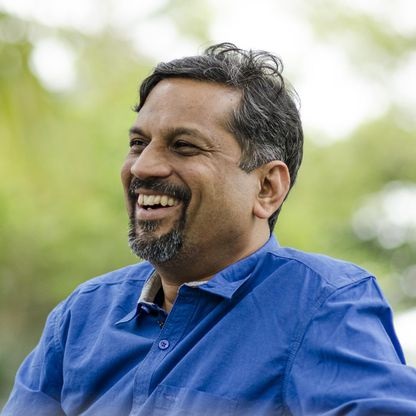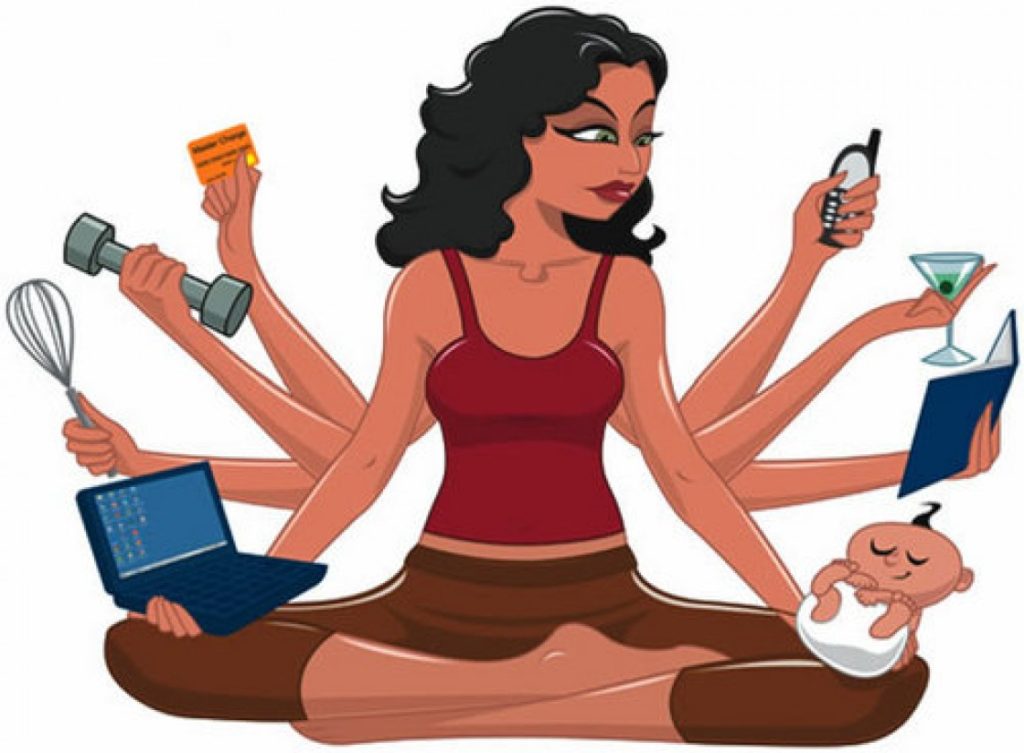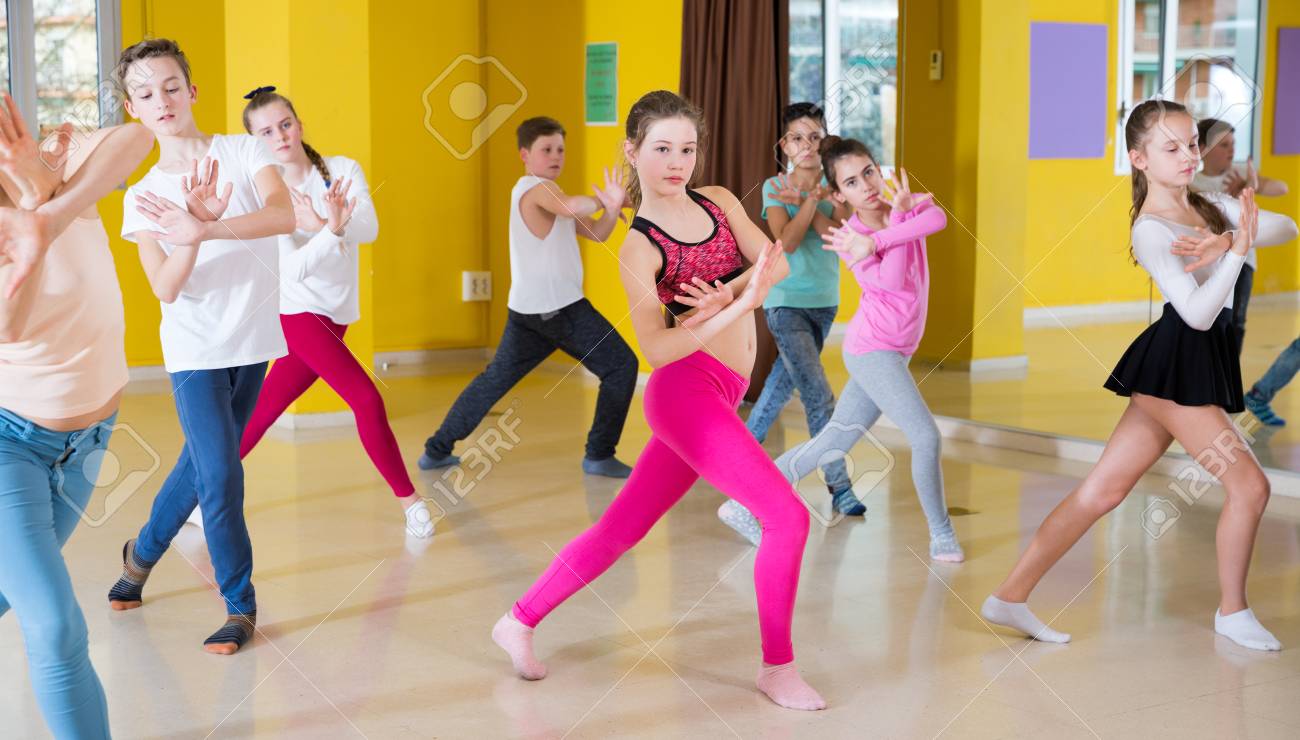Indian weddings
It is a popular fact that Indian weddings have the most elaborate rituals and ceremonies. Celebrations on different festivals take a whole different avatar in this part of the world! As the saying goes, an Indian wedding gets two families wed instead of two individuals. It brings together the families of the bride and groom as they bless the couple for the future. This ceremony is marked by a beautiful decoration of flowers and lights. The wedding ceremony is conducted by the bride’s family. The groom’s family, or the bor jatri, is welcomed by them, with sweets and clothing.
The pre-wedding and wedding day rituals
Even though the wedding is held on one day only, the rituals and ceremonies go one for a long time, before and after the wedding. The process is marked with Adan Pradan, Ashirbaad, Al Buddo Bhat, Vridhi and Gaye holud. These ceremonies are conducted before the wedding. The wedding ceremony, in turn, is comprised of several other rituals. The wedding is conducted by the priest, chanting out the prayers, called the mantras. The groom and the bride are made to sit around a burning fire as the rituals are performed. The significance of the fire is that the fire God of Agni is made to be the witness of the wedding ceremony. An offering of husked rice is made to this Holy Witness. Also, the couple is made to go around the fire seven times to allow them to bind as one. The wedding is completed by the groom applying a pinch of vermilion on the bride’s head.
What happens after the wedding ceremony?
However, the wedding does not get over just at that. The post-wedding rituals are as important as the previous ones. This starts with the groom in the bride’s house just after marriage. The bride goes to her new home only the day after the wedding.
Bashar Ghar: This is one of the most awaited ceremonies in Bengali weddings. Here, the groom stays in the house of the bride where fun and merriment continues all night long. The family and friends of the couple join in this ceremony. This is more of a celebration of the completion of the marriage and their lives together.
Bashi Biye: This is one of the post-wedding rituals. This is not so common in today’s times. However, previously, the new couple used to go to the mandap and worship the Sun God.
Bidaay: The ritual where the bride leaves her parents’ house and goes to the house of her husband is called bidaay. This is more of a farewell to the bride from her family. She bids adieu to each of her family members here. Usually an elderly male member of the groom’s family comes to fetch the newlywed couple to their home, in cars decorated with flowers. The elders of the family, in turn, offer their blessings to the couple for a happy future.
Bou Boron: This ceremony signifies the acceptance of the bride in the groom’s family. As she enters her husband’s home, she is welcomed by the family. A pot of rice is kept in front of the door. The bride is expected to kick the rice on to the floor as she enters the house. A plate with milk and dye and kept for her to wet her feet. Thereafter, with dyed footsteps, she enters the house. Sometimes, the bride is also asked to make handprints on the walls with the same dye. This activity is supported by the blowing of loud conch shells. The husband puts an iron bangle on his wife’s hands. Thereafter, as she enters the house, a small activity of entertainment is performed. Here, one ring is hidden in a bowl of dye. The couple puts their hands inside the bowl, looking for the ring and whoever gets it first, wins the game. The bride is also shown around the house by the family, mainly by her mother-in-law.
Kaal Ratri: When the wife spends the first night at her husband’s place, she is made to stay separate from him. They sleep separately as they plan for the next day’s rituals.
Bou Bhaat and reception: In this ritual, the wife has her first meal at her husband’s place. She cooks a full meal for the members of the family. Thereafter, the husband offers his wife a plate of food and a saree, as an affirmation that he is responsible for her needs, clothing, shelter and food from that moment onwards. The reception to the wedding is held in the evening of the same day. This is hosted by the groom’s family. It is an opportunity for the bride to get acquainted with the members of the family and friends. The newlyweds are showered with lavish gifts. Like every other Indian festival, this is marked with a delicious spread of traditional Bengali food.
Phool sojja: This leads us towards the end of the wedding ceremonies. This takes place on the third night after the wedding. After the bou bhaat, when the couple retires for the night, their room is decorated with ethnic flowers. Their bed is also laid with flowers. Here, for the first time, the new couple is left together to be with themselves and enjoy in conjugal bliss. Gifts, sweets and clothing are sent for this occasion from the bride and the groom’s families. As a fun activity, the groom is also made to give away some money to the kids of the family before he can get inside his room.
As the wedding rituals get over, over the next few days, relatives from different parts of the country come to visit the newlyweds. They are adorned with gifts and sweets. It takes time for the bride to get acquainted with everyone in the family. If the wedding was an elaborate occasion, the post-wedding ceremonies are equally well celebrated. These few days are marked with colors and lights and limitless fun, truly a representative of the society.














Leave a Reply